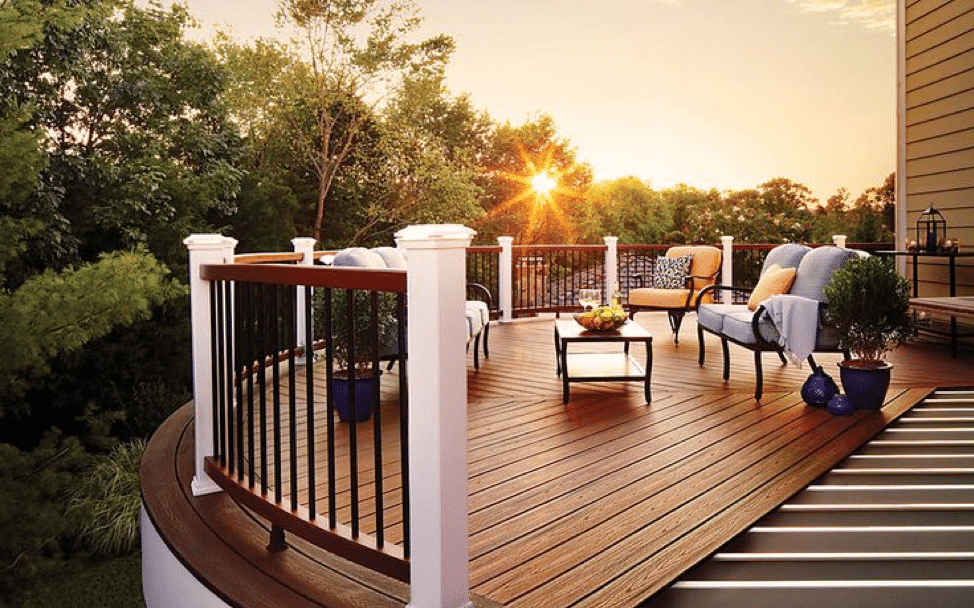In the ever-evolving realm of architecture, the integration of natural elements into modern design has become an increasingly prominent trend. One striking example of this harmonious fusion is the seamless incorporation of wood decking into contemporary structures. This marriage of organic materials and sleek design aesthetics creates spaces that not only captivate the eye but also engage the senses on a deeper level. Wood, with its timeless appeal and warmth, has found a new place in the sun, quite literally, as architects embrace the idea of extending living spaces outdoors. A carefully designed wood deck becomes an extension of the interior, blurring the boundaries between the inside and outside. The juxtaposition of wood against the clean lines and minimalist features of modern architecture creates a visually arresting contrast that adds a layer of complexity to the overall design. This contrast, when executed with finesse, transforms a mundane outdoor area into a sophisticated retreat, inviting occupants to experience nature in a refined and comfortable setting.

One of the key advantages of integrating wood decking into modern architecture is its versatility. Whether it is a sleek Ipe hardwood or a sustainable bamboo, the range of wood options allows architects to tailor the design to suit the specific aesthetic of the project. The warmth of the wood complements the coldness often associated with contemporary materials like glass, steel, and concrete, infusing the space with a sense of balance. The result is a design that is not only visually pleasing but also attuned to the tactile experience, as occupants can feel the natural texture of the wood beneath their feet. Moreover, the integration of wood decking extends beyond mere aesthetics; it serves as a bridge connecting the built environment with the natural world. A well-designed deck becomes a transitional space that encourages outdoor living, providing a platform for social interactions, relaxation, and contemplation. The use of sustainable and eco-friendly wood options further emphasizes the commitment to environmental consciousness, aligning the design with the principles of responsible architecture.
Maintenance considerations are also crucial in the seamless integration of wood decking into modern architecture. Architects often choose wood species with durability and resistance to weathering, ensuring that the decking retains its aesthetic appeal over time. Additionally, advances in wood treatment technologies and finishes contribute to the longevity of the decking, minimizing the impact of environmental factors and view the website https://www.haganforhouse.com/the-purpose-of-brazilian-ipe-decking/. In conclusion, the integration of wood decking into modern architecture represents a thoughtful convergence of nature and innovation. This design approach not only enhances the visual allure of a space but also creates a sensory experience that resonates with the occupants. As architects continue to explore inventive ways of blending tradition with contemporary design, the integration of wood decking stands as a testament to the enduring beauty of natural materials in the ever-evolving tapestry of architectural expression.
